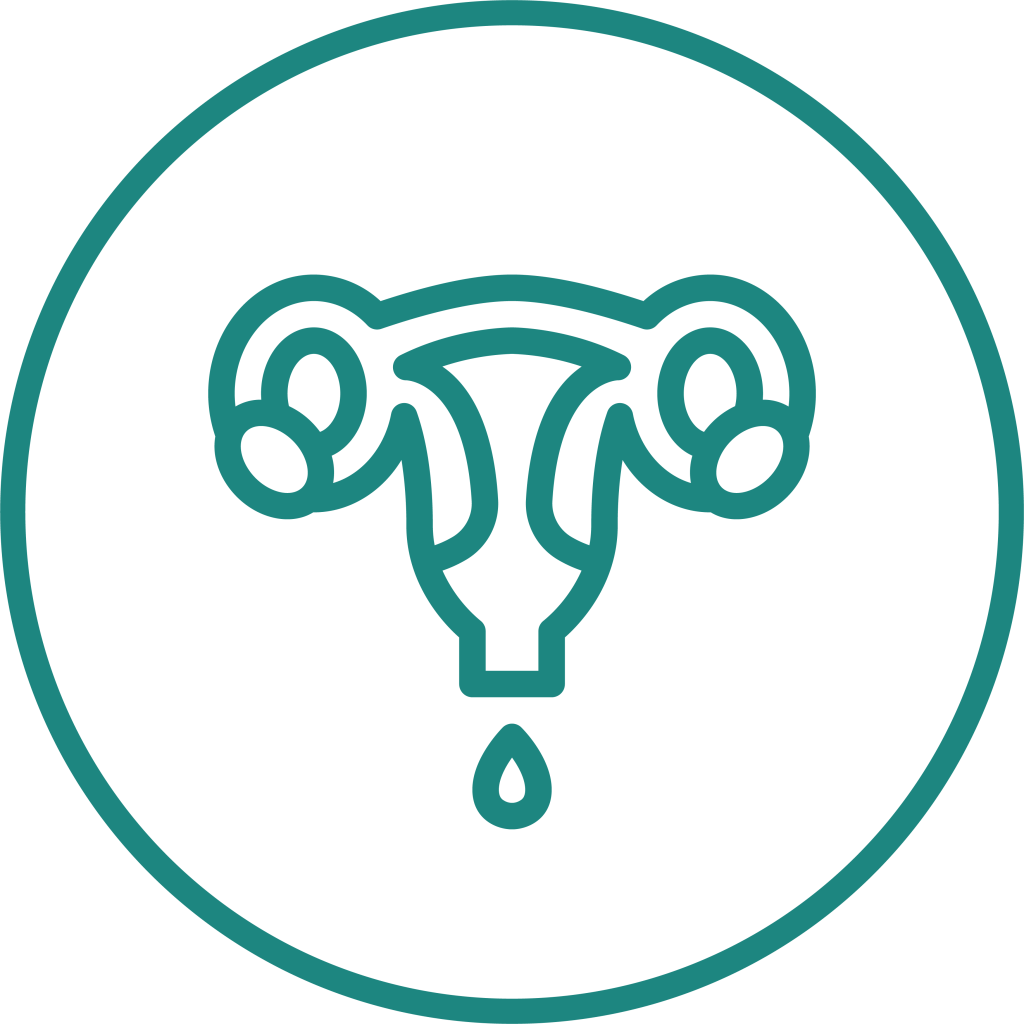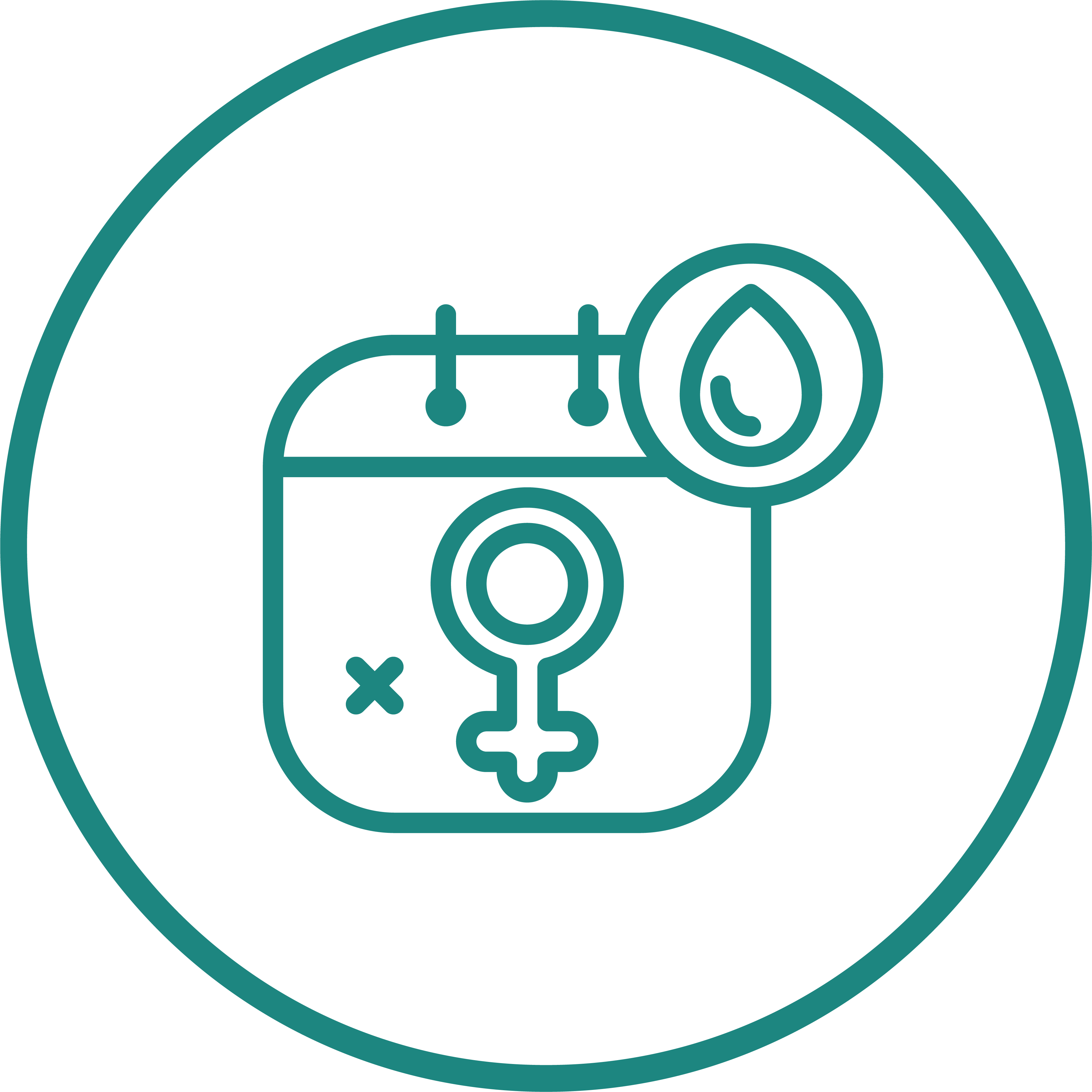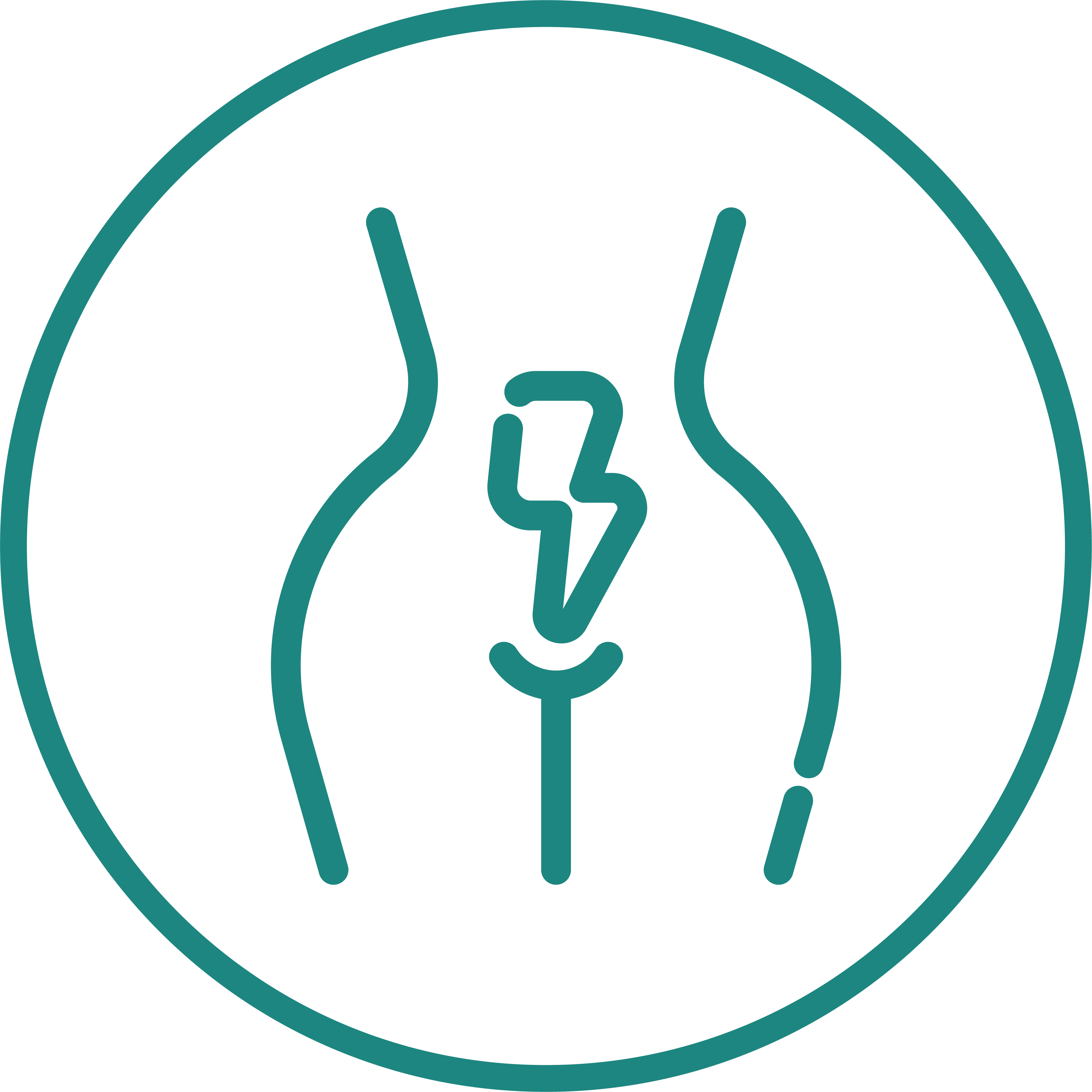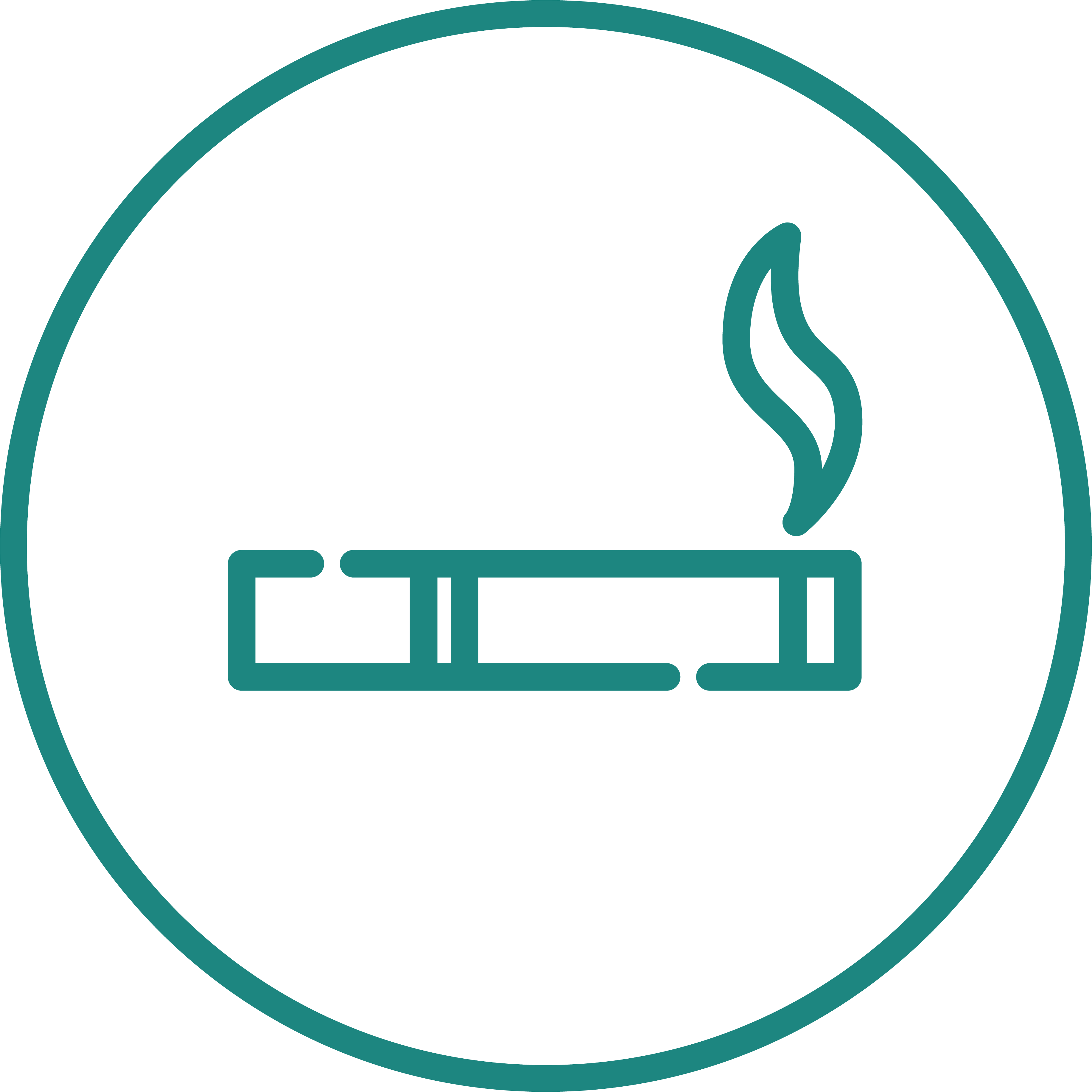Five years ago, Christine Granado was living happily in New Jersey with her fiancé and 9-year-old son, but she felt something wasn’t right.
In the span of a year, she lost three pregnancies. The first miscarriage came as a total shock. With the second, she felt confused. After the third, she was afraid something was terribly wrong even though her doctor didn’t seem worried. Her instinct ultimately led her to get a second opinion and look for a new OB-GYN.
An ultrasound uncovered a cervical polyp. Christine followed up with an MRI, a scan that produces detailed images of the organs and tissues in the body, which showed a mass and enlarged lymph nodes. Additional PET scans, which produce images of the metabolic activity of organs and tissues and detect areas of disease indicating a potential health problem, confirmed she had stage IIB squamous cell cervical cancer and lymphatic spread. At just 28, Christine felt disbelief upon hearing the diagnosis.
“How can I have cancer at this age?” she asked herself. “I remember peeking through my bangs, feeling like I was trying to hide behind them.”
Granado started chemotherapy as soon as possible. She was prepared for physical side effects but was overwhelmed by the psychological changes that soon followed, including how she felt about losing her fertility. She and her partner discussed preserving her eggs but decided against it as doing so would have delayed her treatment.
Granado’s cancer went into remission for three years, and she found joy again: she got married and decided to have a baby via surrogate.
The cancer returns
Then, during the final months of surrogacy, Christine started having unexplained chest pains. A CT scan found enlarged lymph nodes. She was diagnosed with metastatic squamous cell carcinoma.
“When I got the recurrence diagnosis, I was devastated. It was hard to hear, but it motivated me to finish things, to contact a lawyer and get things in my kids’ names – to think about life after me,” she said.
It also motivated her to continue with more treatments. During her second round of chemo, Christine was able to welcome her new son. When she saw him, she took him in her arms: “I bawled my eyes out.”
A focus on mental health
In addition to her son’s arrival, Christine says a focus on mental health has sharpened her resolve to live her best life. When the cancer came back, she grieved for her life. She would cry and sleep all day. Her depression stopped her from enjoying precious time with her family.
“The most disabling thing I dealt with was the depression,” she said. “There were days when I would feel physically OK, but I’d still stay in bed all day.”
Thankfully, Christine had the support of a psychologist and a psychiatrist who helped her feel well again.
Choosing to live her best life
Christine has been able to complete a master’s degree in health leadership, and her family has a new border collie named Harry. Even everyday activities like going to the hardware store and winding down with a book mean so much more now. She appreciates the small details, like watching TV with her son on the couch.
“Life has been amazingly boring,” she says. “In a good way.”

Christine says she hopes her story will inspire women and give them hope that there’s so much life to be lived – including the boring moments – in the face of a cancer diagnosis.
Striving for less cases like Christine
In 2022, it was estimated that 1,450 Canadian women would be diagnosed with new cases of cervical cancer1 – with most cases occurring in women younger than 50 years of age.2 Some women don’t experience any symptoms in early stages and screenings can help find cervical cancer before symptoms develop.3
Here are certain symptoms and risk factors associated with cervical cancer (non-exhaustive list):
Some signs and symptoms
(non-exhaustive list)4

Abnormal vaginal bleeding including between periods, after menopause and after sexual intercourse

Abnormal, foul-smelling or increased amount of vaginal discharge

Unusually long or heavy periods

Pain during sexual intercourse
Some risk factors
(non-exhaustive list)2

Being infected with the human papillomavirus (HPV),

Being sexually active

Smoking
Speak to your doctor if you think you’re at risk. For more information, visit Cervical cancer | Canadian Cancer Society.
References
1 Canadian Cancer Society, 2022. Cervical cancer statistics. Available online: https://cancer.ca/en/cancer-information/cancer-types/cervical/statistics (accessed December 2022).
2 Canadian Cancer Society, 2022. Risk factors for cervical cancer. Available online: https://cancer.ca/en/cancer-information/cancer-types/cervical/risks (accessed December 2022).
3 Canadian Cancer Society, 2022. Screening for cervical cancer. Available online: https://cancer.ca/en/cancer-information/cancer-types/cervical/screening (accessed December 2022).
4 Canadian Cancer Society, 2022. Symptoms of cervical cancer. Available online: https://cancer.ca/en/cancer-information/cancer-types/cervical/signs-and-symptoms (accessed December 2022).
CA-NON-02363


